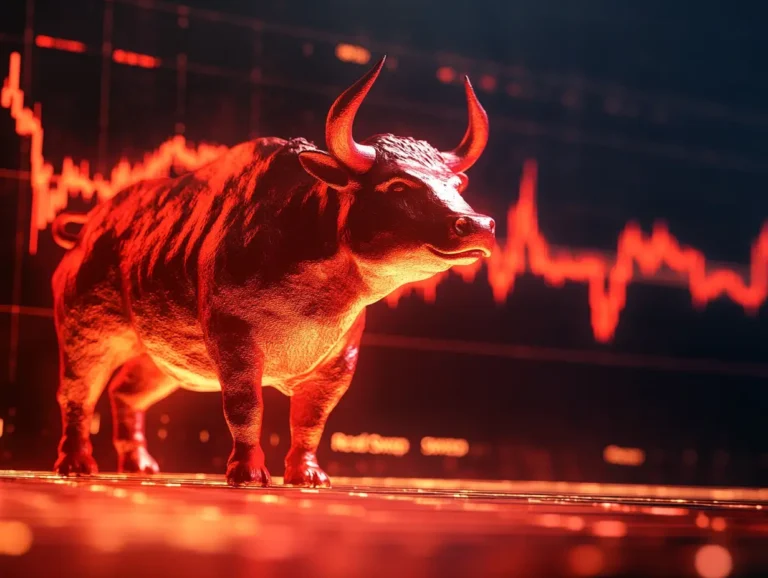In a recent report, Barclays analysts explored how equity markets have performed historically during periods of unified Republican control of the U.S. government. This political alignment, often termed a “Red Sweep,” occurs when the GOP controls the presidency, along with majorities in both the House and Senate.
Barclays’ analysis revealed that such scenarios have been rare, with only four instances since 1949. Despite the limited sample size, these periods have tended to yield stronger equity market performance compared to situations where Republicans held only the presidency while Congress was divided.
The report highlights that the S&P 500 delivered median returns approximately 750 basis points higher during unified GOP control than under split governance. Cyclical sectors such as financials, technology, and commodity-related industries emerged as the biggest beneficiaries during these times. Additionally, strategies favoring small-cap stocks and high-volatility assets also performed well. However, approaches centered on momentum and profitability factors saw comparatively muted returns.
Looking ahead, projections from Edison Research indicate that the Republican Party, under Donald Trump, is set to gain control of both congressional chambers as he prepares to take office in January. This anticipated “Red Sweep” could pave the way for the administration to implement its economic agenda, with priorities including tax cuts and trade tariffs. While these policies may stimulate economic growth, they also raise concerns about inflation and a growing federal deficit.
Market sentiment has already reflected some of these expectations, with gains in certain stock market sectors, a stronger dollar, and weaker Treasury prices. These shifts highlight investors’ optimism around eased regulations and growth-friendly policies but also point to potential challenges for the Federal Reserve in adjusting monetary policy.
As the market continues to weigh the long-term implications of these developments, investors remain focused on how unified Republican governance might shape the economic landscape and market trends in the years ahead.

